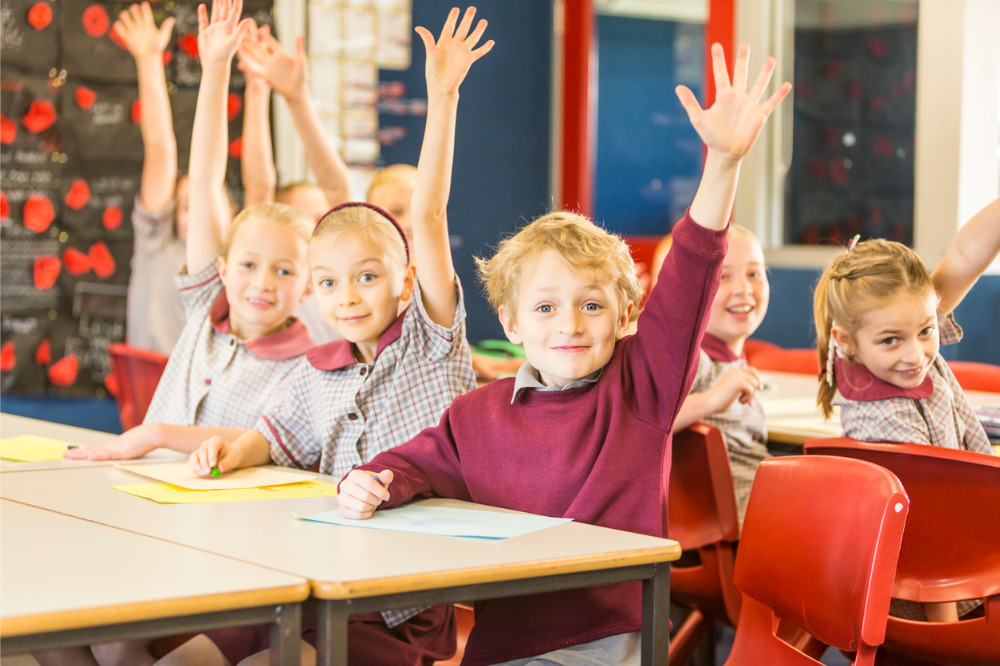
New figures released over the weekend show that Melbourne public school students miss out on nearly $2,000 a year because of imbalances in the Schooling Resource Standard (SRS), and that with proper funding, these schools could employ an average of 12 more teachers and reduce average class sizes by five students.
The data, released by the Australian Education Union (AEU), adds to a growing number of reports that reveal the extent of the funding gap between public and private schools across Australia.
In May, figures published by the Australian Curriculum, Assessment and Reporting Authority (ACARA) on its National Report on Schooling data portal found that per student funding for private schools has increased six to eight times that of public schools since 2009.
A nationwide YouGov poll also reveals that more than eight in ten Australians (83%) believe public school funding is too low and that increasing it should be a ‘priority issue’ at the next federal election.
AEU federal president, Correna Haythorpe, said the latest figures should concern every Melbourne parent and community member.
“Funding that could be used to employ additional teachers and support staff, and to provide the smaller class sizes and additional learning programs that every student deserves,” Haythorpe said.
“By refusing to address public school funding inequities, the Federal Government is putting the future of our children at risk.”
AEU Victorian Branch president, Meredith Peace highlighted the benefits that would flow to local public school students if the Federal Government properly and fairly funded Melbourne public schools.
“With a minimum of 100 per cent of the SRS, public school students in Melbourne would benefit from more support and greater individual attention,” Peace said.
“Additional funding would provide more specialist teachers, more professional development and additional time for teaching and learning for all schools.”
Haythorpe said studies have shown that a professionally supported workforce, smaller class sizes and more individual attention and learning support can change a child’s life.
“That’s why it is so important that every school has the resources needed to ensure every child has the greatest opportunity to reach their full potential,” she said.
“The COVID-19 pandemic has exacerbated the pre-existing inequities in education and continues to seriously impact on students, our members and the communities they serve.”
However, Haythorpe said investment in public education would ameliorate that risk and deliver a strong foundation for our nation’s long-term recovery from COVID-19.
“The Federal Government must understand the critical importance of funding every public school properly to a minimum of 100 per cent of the SRS, ensuring that every child has a high-quality education regardless of their background.”


